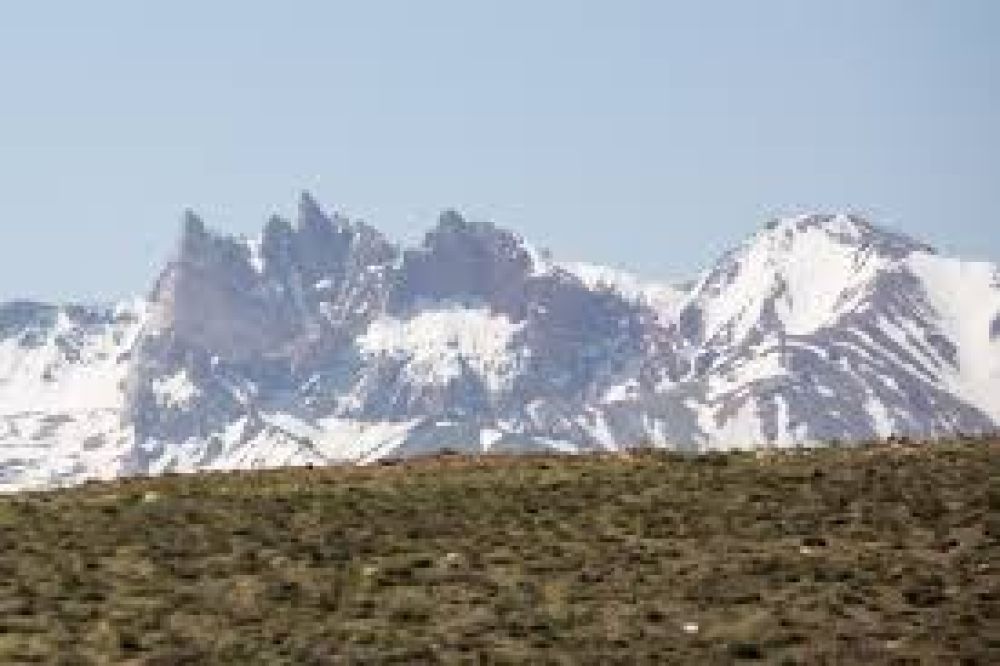

The Baba Mountain, also known as Koh-i-Baba, is a part of the Hindu Kush mountain range in central Afghanistan. Historically, the region of Bamyan was a flourishing hub on the ancient Silk Road, which facilitated the exchange of culture, religion, and goods between the East and West. This region is renowned for its natural beauty and rich cultural heritage including the famous Bamyan Buddhas, which stood as colossal statues until their destruction in 2001. The area around Baba Mountain has been a focal point for cultural tourism due to its historical importance and the presence of these ancient artifacts.
Tourism in Bamyan, and particularly around Baba Mountain, saw significant developments during the 20th century, with an increase in both domestic and international visitors attracted by the area's archaeological sites and its stunning landscapes. In the 1960s and 1970s, Afghanistan experienced a tourism boom, with travelers venturing to explore its hidden treasures. However, the subsequent decades of conflict severely impacted the tourism sector, with many historical sites, including those in Bamyan, suffering damage or neglect.
In recent years, there has been a concerted effort to revive Bamyan's tourism industry. Despite ongoing challenges, the Afghan government and international organizations have recognized the potential of tourism to foster economic development in the region. Efforts to promote sustainable tourism practices are in place, with a focus on preserving the natural and cultural environment of the Baba Mountain area.
Adventure Tourism has emerged as a growing trend, with the rugged terrain of Baba Mountain attracting hikers, mountaineers, and ski enthusiasts. The Bamyan Ski Club, for example, has introduced skiing competitions which draw sporting tourists to the region.
Cultural Tourism continues to be a major draw, as visitors come to explore the ancient Buddhist relics and the cultural landscape of Bamyan, which is designated as a UNESCO World Heritage site. There is increasing interest in community-based tourism, which allows travelers to experience the local way of life while providing economic benefits to the indigenous population.
The future of tourism in Baba Mountain and the surrounding Bamyan region lies in its ability to balance preservation with development. While security remains a primary concern, the tourism sector has the opportunity to contribute significantly to the local economy and play a role in promoting peace and understanding. With responsible tourism initiatives and the support of the global community, Baba Mountain can continue to be a destination that offers unique experiences rooted in its historical and natural splendor.
Baba Mountain and the Bamyan region have a rich history that presents significant opportunities and challenges for the tourism industry. As interest in Afghanistan's heritage and adventure sports grows, so too does the potential for sustainable tourism to thrive, offering hope for a region eager to share its beauty and traditions with the world.